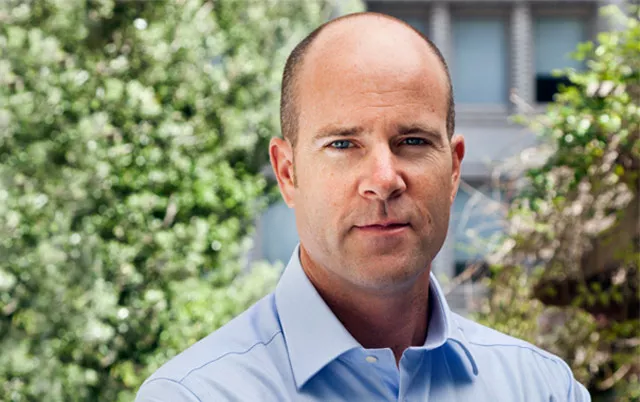Let's Celebrate the Environmental Progress Made During the Last Eight Years
Michael Brune on President's Obama's environmental record

Sierra Club executive director Michael Brune | Photo by Henrik Kam
On November 8, Americans will elect a new president, and Barack Obama will begin his final days in office. When he departs the White House, Obama will carry with him a number of historic accomplishments we all can be proud of—including his record on land and water conservation, energy, and climate change, all of which you can read about in a report the Sierra Club is releasing this fall. Yes, our nation and our world still face many environmental challenges. But let's take a moment to recognize how much progress we've made during the last eight years.
First of all, remember that Obama came into office facing the worst financial emergency since the Great Depression. The new president was able to turn that crisis into a once-in-a-generation opportunity when he and Congress implemented a sweeping economic stimulus package. The stimulus laid the foundation for a clean energy future by investing more than $90 billion in renewable energy, energy efficiency, and green jobs and technology.

llustration by JooHee Yoon
It worked. Not only did the economy recover, but at a time when economic turmoil could have delayed the deployment of clean energy technologies, exactly the opposite happened. Between 2009 and 2016, solar electricity generation increased more than 30-fold, while electricity generated by wind grew more than threefold. Much of the momentum we have today toward a 100 percent renewable energy economy began with the 2009 stimulus package.
The government's bailout of the auto industry led to another major accomplishment—a big boost in fuel economy. The White House spurred car and truck manufacturers to agree to increase average fuel-economy standards to 36.6 miles per gallon by 2017 and 54.5 miles per gallon by 2025, avoiding millions of tons of carbon pollution and accelerating a transition to electric vehicles.
Despite those two big achievements and a suite of air and water safeguards from the EPA affecting coal-fired power plants, the Obama administration's environmental record during that first term was uninspiring. The president's reluctance to push a comprehensive climate bill through Congress in 2009 was especially disappointing. Conservation victories were also few and far between, as the administration protected a modest 2.6 million acres.
But after voters reelected Obama, it was as if a new person had arrived in the Oval Office. Here are a few highlights: President Obama designated 23 national monuments, protecting 265 million acres of land and water—more than any of his predecessors. He has moved to clean up carbon pollution from existing coal-fired power plants with the EPA's groundbreaking Clean Power Plan. The United States and China issued a joint climate statement in 2014 that paved the way for a breakthrough global climate agreement in Paris.
Then there was the rejection of the Keystone XL tar sands oil pipeline. In announcing his decision, the president said, "Ultimately, if we're going to prevent large parts of this earth from becoming not only inhospitable but uninhabitable in our lifetimes, we're going to have to keep some fossil fuels in the ground."
The line marked a major turnaround for a president who had long promoted an ill-conceived "all of the above" energy strategy. And the words were soon followed by action. Two months after the Keystone XL rejection, the Interior Department put in place a moratorium on new coal mining leases on public lands.
While President Obama will leave office with a climate legacy he can be proud of, the credit isn't his alone. It also belongs to the people's climate movement and the millions who worked to put him in office and keep him there, and then tirelessly pushed him to think bigger and do better. Regardless of who succeeds Obama in the Oval Office, we can count on at least one thing: The movement to protect our climate and replace dirty fuels with clean, renewable energy will only grow bigger, stronger, and even harder to ignore.
 The Magazine of The Sierra Club
The Magazine of The Sierra Club







